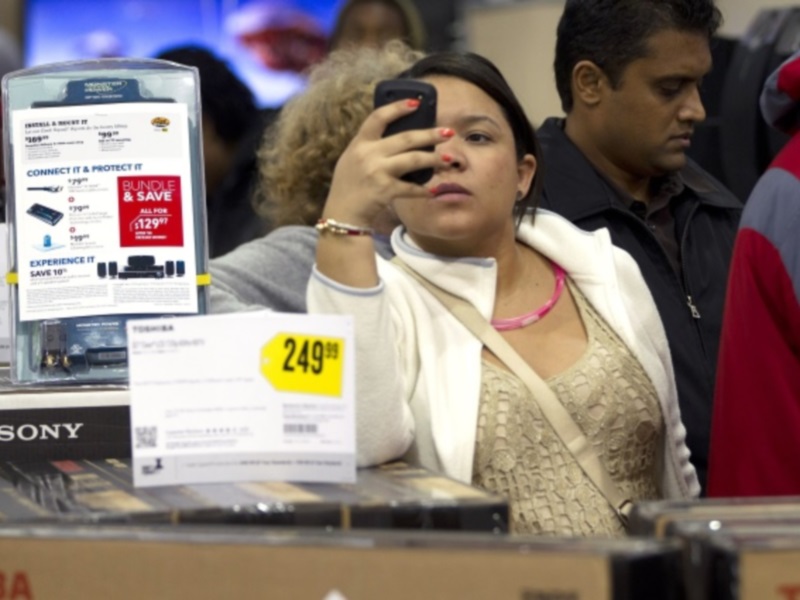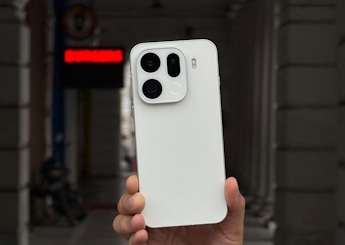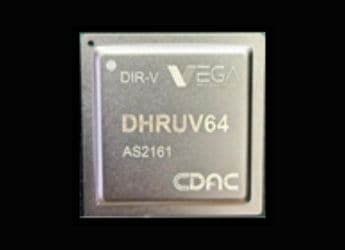- Home
- Telecom
- Telecom News
- Courts Allay Fears Over Harm From Telecom Towers
Courts Allay Fears Over Harm From Telecom Towers

"With the judgements of the Delhi High Court, the municipal body can't say any more that they will not give permission to erect towers, citing health reasons," said Rajan S. Mathews, Director General, Cellular Operators' Association of India.
"But it takes long time to get clearances to erect towers," Mathews told IANS, seeking redressal in this area as well.
"Of course, if more towers can be erected, it will help the operators to reduce call drops. In order to provide good 3G and 4G connections, more towers will be required, in any case."
In two recent judgements that went rather unnoticed, the Delhi High Court dismissed pleas that wanted directions to the authorities to prevent setting up of cellular towers, on the ground that radio frequency emissions from them were harmful.
"It is clear there is no scientific data available to show that installation of mobile phone towers and the emission of the waves by the said towers is in any way harmful for the health or hazardous to the health of citizens," they said.
"There is no conclusive data to the said effect. The petitioner has not been able to produce any data whatsoever showing any such harmful effects on the health of human beings," said both the judgements, dismissing the pleas.
In fact, both judges referred to past rulings by various Indian Courts, including the findings of the expert committee appointed under the orders of the Allahabad High Court to look into concerns of harmful radiation from low electromagnetic frequency from mobile towers.
The committee, comprising scientists and doctors, found that such objections are "complete misrepresentation of actual position and shall create only confusion, misperception and unfounded fear in the minds of general public, which should be avoided."
But what is of relevance is another verdict of the Allahabad High Court, which on April 12 rejected all apprehensions arising from mobile tower radiation.
It had said: "India's prescribed limits for radiation are already much lower than most of the countries in the world. Therefore, there is no need to further reduce the limits without conclusive studies by international standards bodies and India's own conclusive research and findings."
The Allahabad High Court also issued directions calling upon the Telecom Enforcement Resource and Monitoring Cell (TERM Cell) to submit a report with regard to the possible ramifications of the installation of the mobile towers and the base transceiver station.
The TERM Cell carried out a site inspection of the locations and reported that the radiation level measured at the locations was far below the safe limit prescribed by the Department of Telecommunication.
Get your daily dose of tech news, reviews, and insights, in under 80 characters on Gadgets 360 Turbo. Connect with fellow tech lovers on our Forum. Follow us on X, Facebook, WhatsApp, Threads and Google News for instant updates. Catch all the action on our YouTube channel.
Related Stories
- Samsung Galaxy Unpacked 2025
- ChatGPT
- Redmi Note 14 Pro+
- iPhone 16
- Apple Vision Pro
- Oneplus 12
- OnePlus Nord CE 3 Lite 5G
- iPhone 13
- Xiaomi 14 Pro
- Oppo Find N3
- Tecno Spark Go (2023)
- Realme V30
- Best Phones Under 25000
- Samsung Galaxy S24 Series
- Cryptocurrency
- iQoo 12
- Samsung Galaxy S24 Ultra
- Giottus
- Samsung Galaxy Z Flip 5
- Apple 'Scary Fast'
- Housefull 5
- GoPro Hero 12 Black Review
- Invincible Season 2
- JioGlass
- HD Ready TV
- Laptop Under 50000
- Smartwatch Under 10000
- Latest Mobile Phones
- Compare Phones
- Realme Narzo 90x 5G
- Realme Narzo 90 5G
- Vivo S50 Pro Mini
- Vivo S50
- OPPO Reno 15c
- Redmi Note 15 5G
- Redmi Note 15 Pro 5G
- Redmi Note 15 Pro+ 5G
- Asus ProArt P16
- MacBook Pro 14-inch (M5, 2025)
- OnePlus Pad Go 2
- Poco Pad M1
- Just Corseca Skywatch Pro
- Honor Watch X5
- Acerpure Nitro Z Series 100-inch QLED TV
- Samsung 43 Inch LED Ultra HD (4K) Smart TV (UA43UE81AFULXL)
- Asus ROG Ally
- Nintendo Switch Lite
- Haier 1.6 Ton 5 Star Inverter Split AC (HSU19G-MZAID5BN-INV)
- Haier 1.6 Ton 5 Star Inverter Split AC (HSU19G-MZAIM5BN-INV)

















